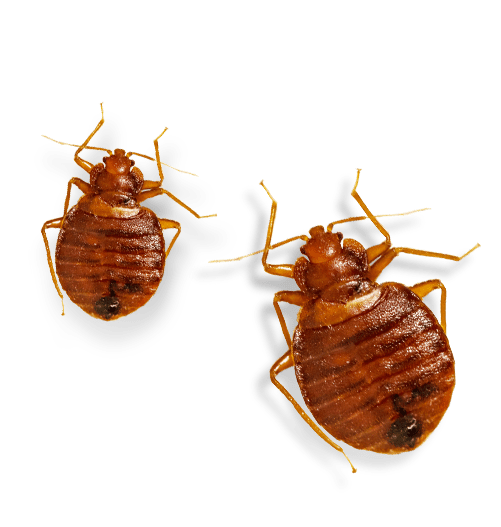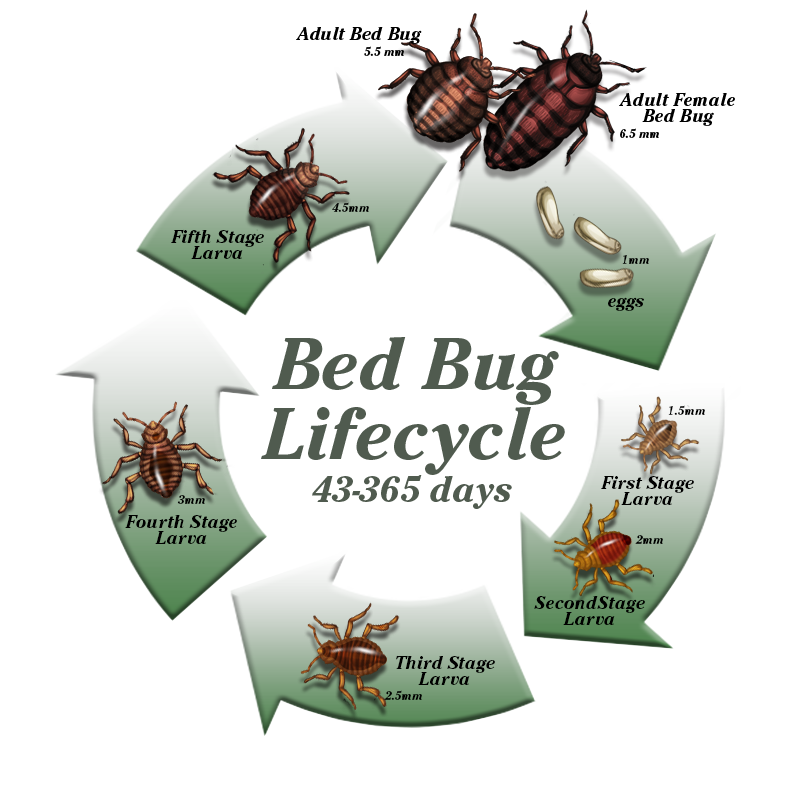Obtain Educated Concerning the Sorts Of Insect Control Approaches and Their Advantages for Property Owners
Recognizing the various insect control methods offered to homeowners is necessary for reliable pest administration. From chemical and organic strategies to cultural and mechanical practices, each approach provides one-of-a-kind advantages that can significantly affect both health and wellness and ecological safety and security. House owners that are educated can make strategic choices that not only address insect problems however likewise boost the general high quality of their living atmosphere. As we check out these techniques additionally, it comes to be clear that the decision-making procedure entails greater than simply instant results; it touches on long-lasting sustainability and well-being. What elements should influence these important choices?
Chemical Bug Control Techniques
Chemical bug control techniques are a vital element of integrated parasite monitoring methods for house owners seeking efficient solutions to pest infestations. These approaches include the application of chemical substances designed to eliminate or deter pests that endanger personal effects, health, and convenience. Usual chemicals utilized consist of insecticides, rodenticides, herbicides, and fungicides, each customized to target specific insects.
The primary advantage of chemical pest control is its quick efficiency; many formulas provide prompt results, minimizing pest populations dramatically quickly. Furthermore, advances in chemical formulations have actually led to products that are extra environmentally pleasant and have reduced toxicity levels for non-target microorganisms when applied properly.

Organic Insect Control Techniques
Natural insect control methods have actually gotten prominence as homeowners look for safer and more lasting options to typical chemical techniques. Biological parasite control methods utilize all-natural predators, bloodsuckers, or virus to manage pest populations successfully. This method is not just eco-friendly however also decreases the danger of harm to non-target types, including helpful bugs and wild animals.
One of one of the most typical organic control methods entails introducing all-natural predators right into the atmosphere. As an example, ladybugs can be utilized to regulate aphid populations, while nematodes target soil-dwelling parasites like grubs. In addition, parasitoids-- microorganisms that survive on or within a host-- can be used to control certain parasite types by laying eggs inside them, inevitably resulting in their death.
An additional method is using biopesticides, which are stemmed from all-natural products such as minerals, plants, or bacteria (bed bug exterminator). These items can effectively target insects while posturing marginal risk to people and family pets. In general, biological pest control methods give property owners with a reliable methods of parasite management that aligns with ecological principles, promoting a healthier living atmosphere while minimizing dependence on synthetic chemicals
Mechanical Parasite Control Approaches
Mechanical parasite control strategies encompass a variety of approaches that physically stop or get rid of bugs without making use of chemicals. These methods are especially beneficial for homeowners looking for eco-friendly options while guaranteeing the safety of their living spaces.
One common approach is making use of obstacles, such as traps, nets, and displays, which stop insects from going into homes or specific locations. Mounting window displays can successfully keep pests out, while utilizing physical obstacles around yards can deter bigger insects like deer or rabbits. Additionally, mechanical catches developed for rats can catch and remove these bugs without the need for poisonous compounds.
Another reliable approach includes the usage of vacuums and mops to remove parasites directly from surface areas. see it here Regular cleansing and upkeep can considerably decrease insect populaces by getting rid of food resources and concealing areas. Employing gadgets like ultrasonic bug repellents can deter different parasites through noise waves that are undesirable to them yet inaudible to human beings.
Cultural Insect Control Practices
Social parasite control practices focus on customizing the setting and management methods to develop problems that are much less for pest invasions. These methods are basic in keeping a balanced environment and lowering the reliance on chemical interventions. By altering agricultural techniques, property owners can efficiently discourage bugs while advertising plant wellness.
One usual strategy consists of plant turning, which interrupts the life cycles of bugs by altering the sorts of plants grown in a particular area (bed bug exterminator). This not only reduces pest populations but also enhances dirt health and wellness. Furthermore, intercropping-- planting diverse crops in proximity-- can confuse parasites and lower their capacity to find their preferred host plants
Water monitoring is an additional essential facet of social methods. Appropriate irrigation strategies can protect against standing water, which works as a breeding ground for insects and various other parasites. In addition, preserving tidiness in and around the home, such as routinely removing debris and food waste, can considerably decrease pest destination.
Incorporating these social methods into a thorough insect management method allows home owners to produce an environment that normally deters insects, therefore improving the performance of other control approaches while promoting lasting gardening and landscape design.

Integrated Pest Management Approaches
Integrated Bug Monitoring (IPM) stands for a holistic method that integrates numerous approaches to efficiently take care of pest populations while reducing environmental effect. This method incorporates organic, social, physical, and chemical techniques to attain lasting ant exterminator parasite control. By analyzing pest populaces and their all-natural adversaries, IPM stresses surveillance and recognizing parasites before implementing control measures.
One of the core principles of IPM is using thresholds, which establish the level of parasite task that calls for treatment. This guarantees that therapies are used only when necessary, decreasing the reliance on chemical pesticides. Organic control methods, such as introducing natural killers or bloodsuckers, operate in combination with cultural practices like plant turning and environment adjustment to interrupt pest life cycles.
Additionally, IPM encourages using least-toxic chemical alternatives when intervention is required, webpage focusing on items that present very little risk to non-target microorganisms and the setting. For home owners, taking on IPM approaches not just boosts the effectiveness of pest monitoring however also advertises a much healthier living atmosphere, fostering biodiversity and reducing chemical direct exposure. Eventually, IPM empowers home owners to make educated decisions that stabilize insect control with ecological obligation.
Conclusion
In verdict, recognizing the numerous parasite control approaches encourages home owners to make enlightened choices pertaining to pest monitoring. Each strategy-- chemical, organic, mechanical, social, and integrated parasite administration-- provides distinct benefits that provide to various requirements and preferences.
Understanding the various pest control approaches readily available to house owners is crucial for reliable bug monitoring.Chemical pest control methods are a critical part of incorporated insect management approaches for home owners seeking effective options to pest invasions. Overall, organic bug control techniques provide house owners with an effective means of bug administration that straightens with environmental principles, advertising a healthier living environment while lowering reliance on artificial chemicals.
Cultural pest control methods focus on changing the environment and monitoring methods to create conditions that are much less favorable to pest invasions.In conclusion, comprehending the various bug control methods equips homeowners to make educated choices concerning pest monitoring.